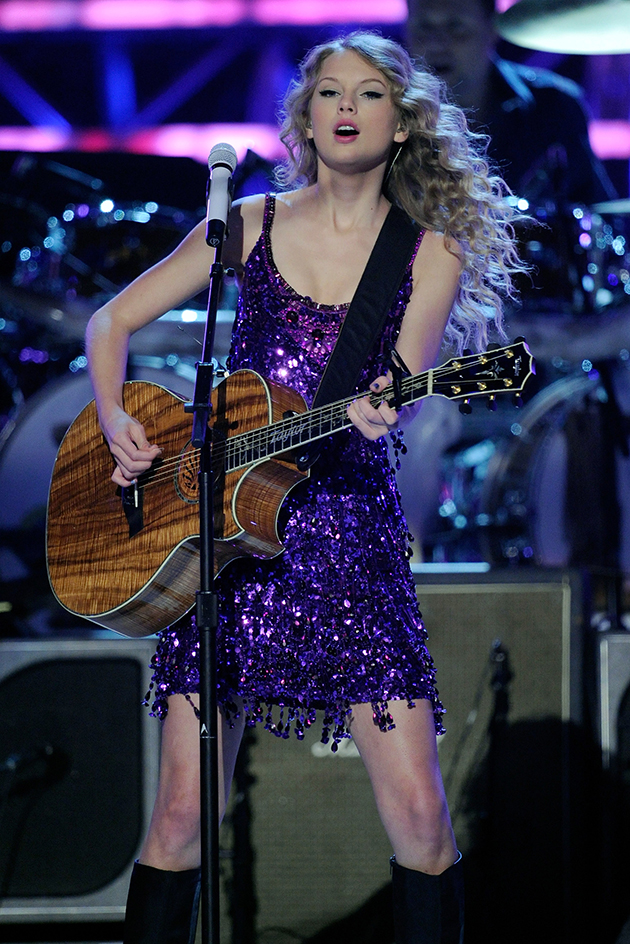Popular music is music created as a commercial product. It is usually distinguished from classical and folk music. Classical music is written chiefly for concerts, operas, and ballets. Folk music is the traditional music of a particular group or community of people, such as an occupational, ethnic, or regional group.
There are many different styles of popular music in the United States, including bluegrass, blues, country, gospel, heavy metal, jazz, musical comedy, punk, rap, reggae, and rock. In some cases, the categories of popular, folk, and classical music overlap. For example, jazz and country music evolved out of folk traditions. Some styles, such as blues and bluegrass, exist both as popular and folk music. Such American classical composers as Leonard Bernstein and Louis Moreau Gottschalk have written pieces in the style of popular music.
Although much popular music expresses sentiments of love, other popular songs contain social commentary. Popular music is frequently thought to have meaning only for the time in which it was created. But many popular songs have endured for decades. This article discusses primarily the history of popular music in the United States.
Popular music before recording
The colonial period (1607-1776).
Before the American Revolution (1775-1783), nearly all music published in the American Colonies was religious music. Much of it consisted of settings of hymns and psalms by William Billings and other composers. People sang these pieces in church, at home gatherings, and in singing societies. Billings and other composers also ran singing schools, partly to build a market for their music.
Secular (nonreligious) music also flourished in the colonies, but much of it was passed along orally without being published. Colonists sang folk and popular songs from the United Kingdom and songs written by Americans in the British style. Many songs were sold on broadsides—that is, large sheets of paper with lyrics on one side. The broadsides provided no music, only words, with directions that they were to be sung to a familiar tune.
Enslaved Africans often performed as musicians at dances and other social functions. They played African instruments, including forerunners of the banjo, as well as the violin and other European instruments.
Revolution to 1840.
Extensive publication of secular music began in the United States in the 1790’s. At that time, most American-music publishing companies were in northeastern cities. These companies published sheet music, mostly for solo voice with piano accompaniment. Collections of songs and instruction books for such instruments as flute, fife, and violin also began to appear. Most of these volumes contained dances, marches, and other popular melodies. Also common were small books called songsters. Like broadsides, most songsters included only the words to popular melodies.
During this period, American popular music continued to be heavily influenced by music from abroad. An Englishman, Henry Bishop, composed or arranged the music to “Home, Sweet Home,” perhaps the most popular song of the 1800’s. The text was written by the American playwright John Howard Payne. The Irish poet Thomas Moore wrote new lyrics for traditional tunes in Irish Melodies (1808-1834), which became extremely popular in the United States.
1840’s to the Civil War.
During the mid-1800’s, American popular music began to develop its own identity. Minstrel shows became popular. In minstrel shows, white entertainers wore blackface makeup to impersonate Black people. They performed songs, skits, dances, and comedy routines in a spirit of parody (ridicule) of Black life and music. Although minstrel shows did not present authentic Black music, they did introduce some basic elements of Black music to large audiences. For example, the instruments minstrels played, including banjos, fiddles, tambourines, and bones, were those used by enslaved people. “Old Dan Tucker” (1843) and “Dixie” (1859) by Daniel D. Emmett are two songs that were first performed on the minstrel stage.
The most important American songwriter of the mid-1800’s was Stephen Foster, who rose to fame writing songs for minstrel shows. Many of his compositions, such as “Oh! Susanna” (1848), “Camptown Races” (1850), and “Old Folks at Home” (1851, also called “Swanee River”), are still popular.
Also rising to prominence in the 1840’s was the Hutchinson Family—a singing group made up of three brothers and a sister from New Hampshire. They were among the first American performers to use popular music as a vehicle for social commentary. For example, some of their songs protested slavery or urged an end to drinking alcohol.
The Civil War (1861-1865)
had a great effect on American popular music. People often expressed in song the strong feelings aroused by the war. As a result, composition and publishing increased tremendously. Such songs as “Battle Hymn of the Republic” (1862) and “The Battle Cry of Freedom” (1862) reflected Northern attitudes. Likewise, “Dixie” and “The Bonnie Blue Flag” (1861) expressed Southern sentiments. The Civil War also provided musical training for soldiers in military bands. In addition, it brought together people from different regions. Such contact enabled people to learn about one another’s musical traditions. Of particular importance was Northerners’ exposure to authentic Black music, notably religious songs called spirituals.
The end of slavery in the United States in 1865 enabled more African Americans to become professional musicians and songwriters. Black groups that specialized in spirituals became popular in the late 1800’s. All-Black minstrel troupes also formed.
Vaudeville and musical comedy.
During the late 1800’s, a new type of variety show called vaudeville began to dominate stage entertainment. Like minstrel shows, vaudeville consisted of songs, dances, comic skits, and other acts. However, vaudeville reflected Northern white influences rather than Southern Black culture. Vaudeville was most popular from the 1880’s to the 1930’s.
By the end of the 1800’s, music publishing centered around 28th Street in New York City. This area became known as Tin Pan Alley because of the noise of the cheap pianos, nicknamed “tin pans,” in song publishers’ offices. New York City also became the hub of musical comedy. A musical comedy, or musical, is a type of play that tells a story through dialogue, song, and dance. Many songs published by Tin Pan Alley publishers originated in musicals. Tin Pan Alley controlled popular music publishing throughout the early 1900’s, and musicals remained an important way to publicize new songs. Notable musical-comedy composers during this period included Irving Berlin, George Gershwin, Jerome Kern, and Cole Porter.
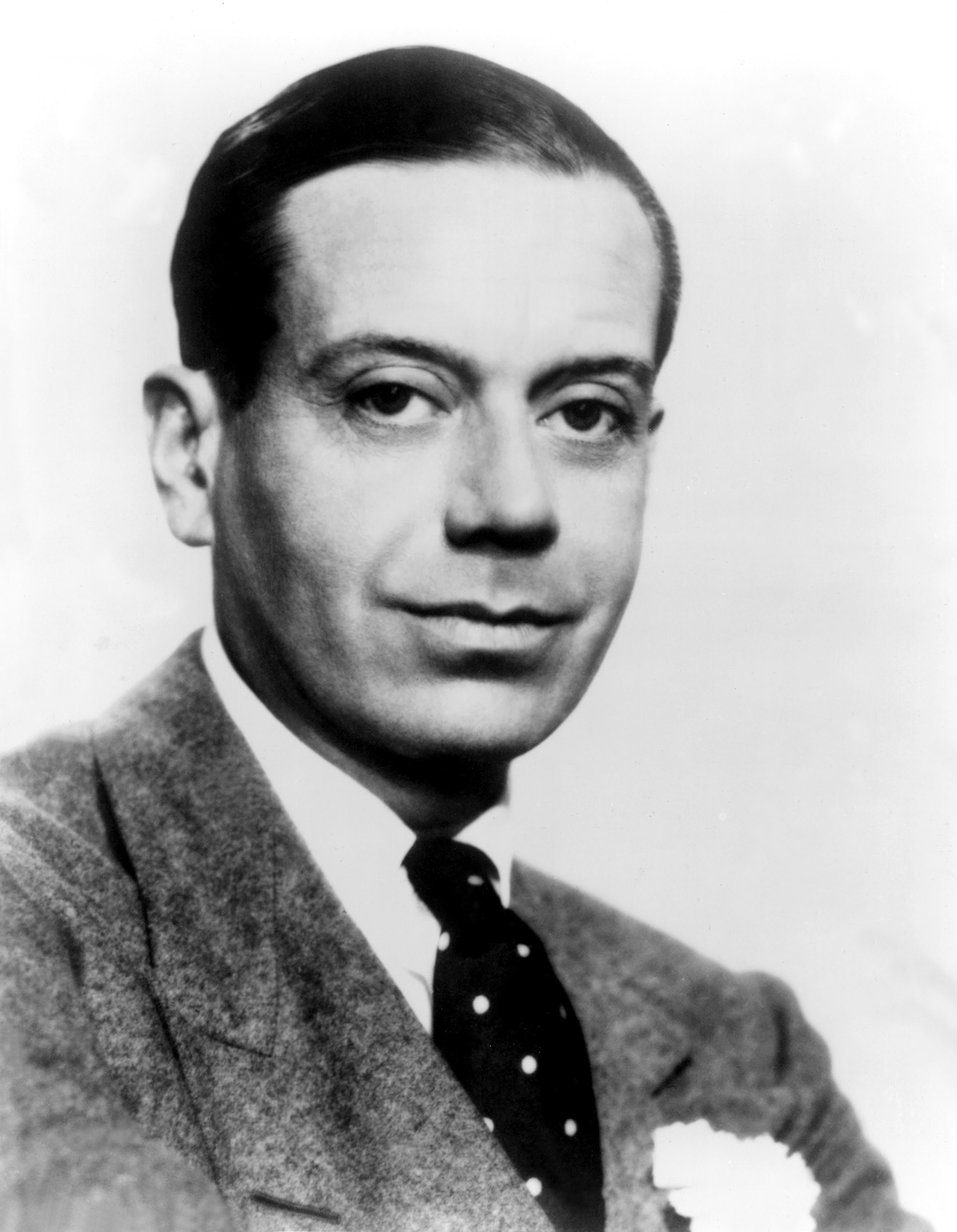
Ragtime, jazz, and blues.
With the changes brought about by the Civil War, the South became fertile ground for new musical styles during the late 1800’s. Instruments rarely used by enslaved Africans, such as pianos, guitars, and brass instruments, became central to new styles of African American music. Noisy bars became the usual setting for dancing. The loud piano replaced the fiddle and banjo in dance music. Ragtime, a style of music often played on the piano, developed in the 1890’s in the Midwest. Ragtime music was syncopated, meaning that it accented the weak beats rather than the strong beats. Historians trace the roots of ragtime to plantation dance music such as the cakewalk, to minstrel shows, and to music for Black stage shows. Early in ragtime’s development, the African American composer Scott Joplin and others began writing formal compositions in the ragtime style. Ragtime soon became popular nationwide. It flourished from about 1900 to 1920.
Another new style of music called jazz developed in New Orleans, Louisiana, around 1900. Jazz also was partially rooted in Black dance music and in the brass band music played in New Orleans for funeral processions and parades. During the early, or “classic,” jazz era, Louis Armstrong introduced vocals (sung parts) in jazz.
Loading the player...
Ragtime
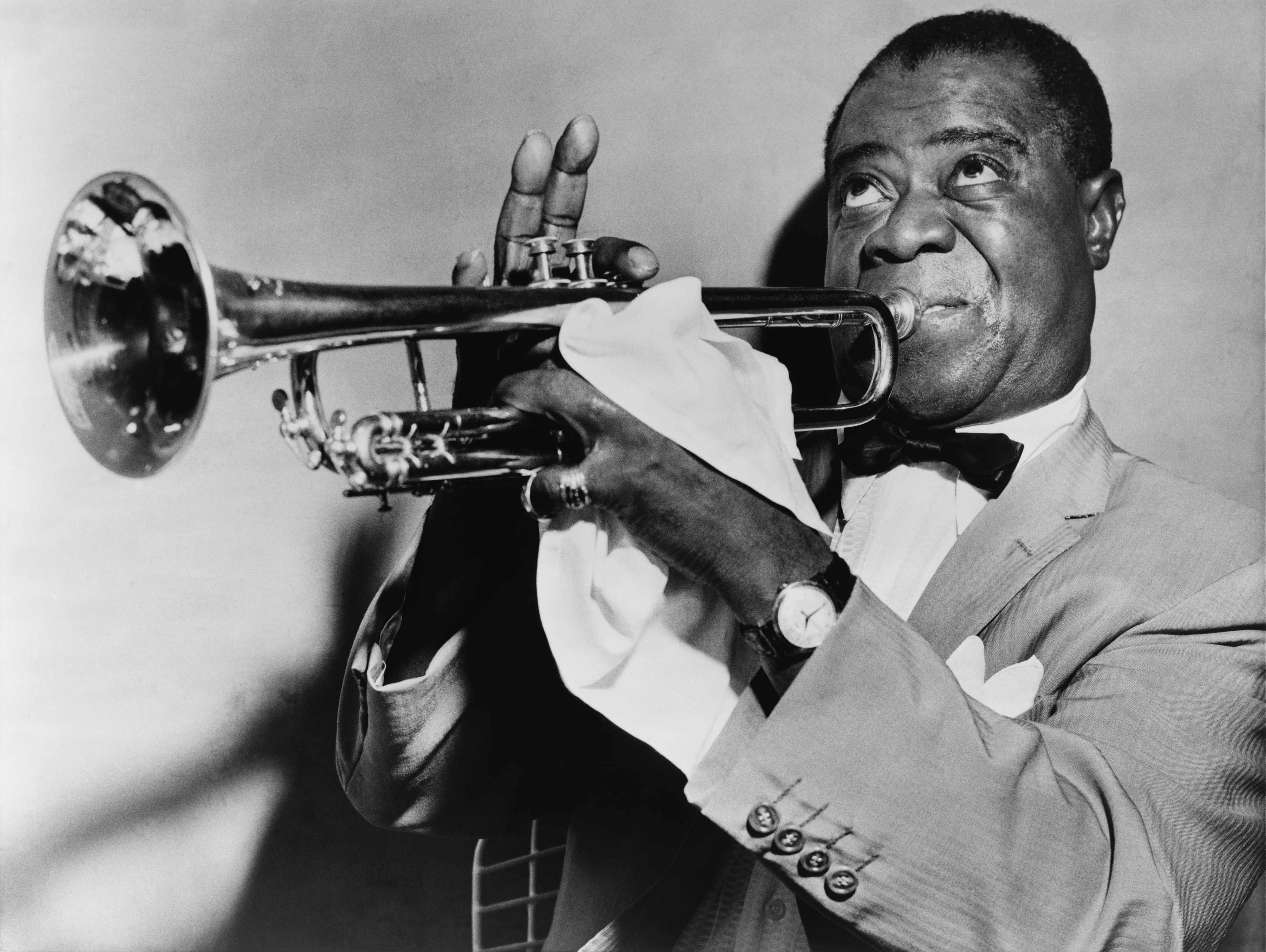
Still another new style called the blues became popular in the early 1900’s. The blues probably developed partly from work songs, spirituals, shouts and chants, and calls known as field hollers that plantation workers used to communicate in the fields. The blues prospered in the Mississippi Delta region, in Texas, and in the Piedmont Region of the eastern United States. It became popular at house parties and at small, cheap entertainment establishments called juke joints. Blues music from this time is often called “country blues.” Notable country blues musicians included Charley Patton and Blind Lemon Jefferson.
The recording era
Sound recordings, as developed in 1877 by the American inventor Thomas Edison, became an important way to distribute popular music in the early 1900’s. In the 1920’s, phonograph records surpassed sheet music as the primary means through which popular music was sold. Performers and record companies, rather than songwriters and publishers, began to dominate popular music. The rise of sound recording also changed how people enjoyed popular music. Instead of gathering around the piano at home to sing the latest songs, they listened to recordings of others singing.

Record companies discovered and took advantage of new markets during the early 1900’s. In the process, they helped popularize several types of music. A group of white musicians called the Original Dixieland Jass Band made the first jazz recordings in 1917. The first vocal blues recordings were made in 1920. On some early blues records, professional blues singers such as Bessie Smith and Ma Rainey performed with important jazz musicians. Other blues musicians, such as guitarists Patton and Robert Johnson, played a more emotional style of music often called Delta blues that originated in the Mississippi Delta. 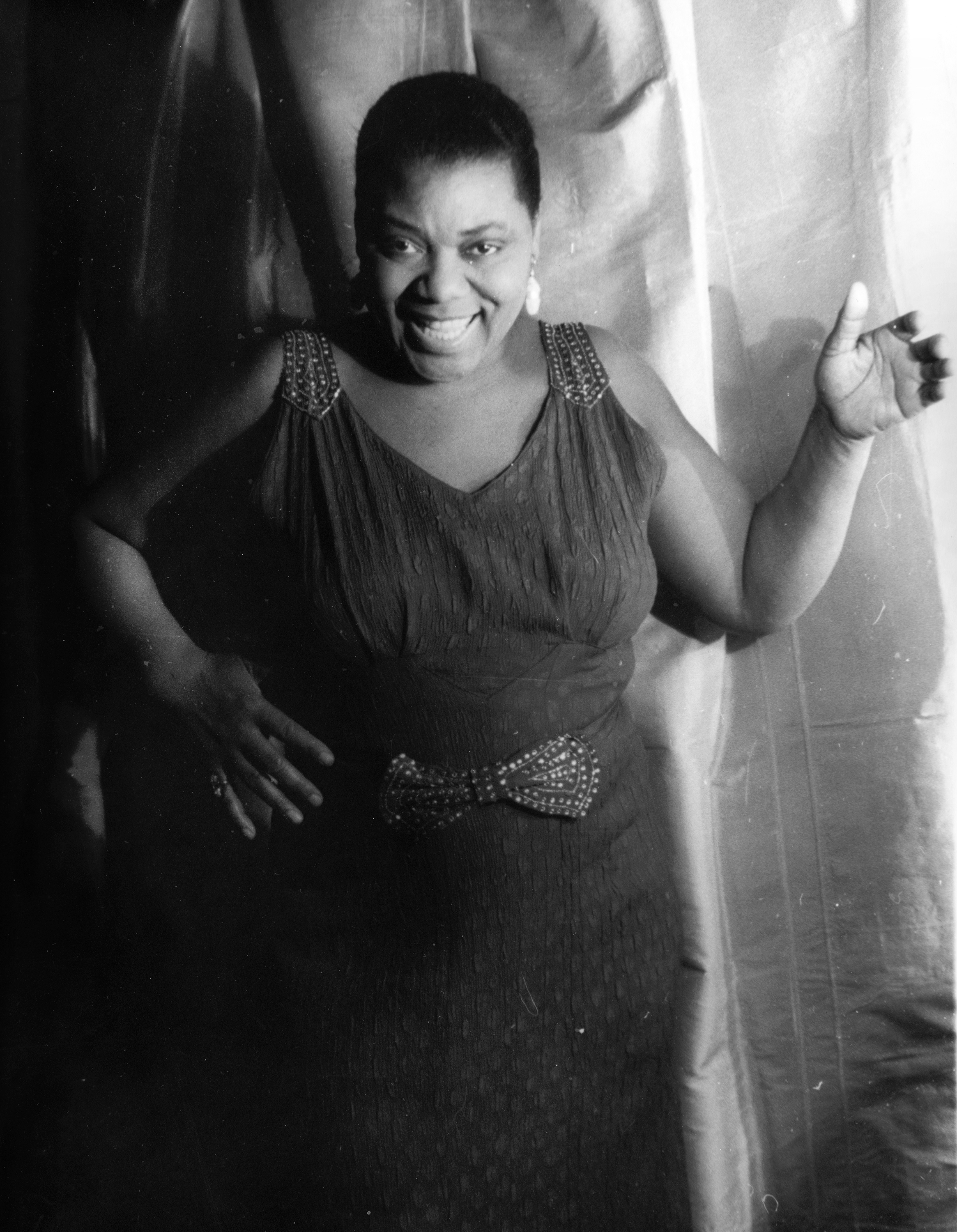
The rise of country music.
The recording industry also helped spread a kind of music called country music. Country music combined elements of popular song, Anglo-Celtic and Anglo-American folk music, American blues, and religious music. It was first recorded in 1922. The recordings were often marketed as hillbilly music, partly because of a popular band called the Hill Billies, though some artists and fans found the term offensive. Live radio programs, such as the Grand Ole Opry, broadcast from Nashville, Tennessee, brought country music to large, new audiences.
Swing, big band, and bluegrass.
From the 1920’s to the 1940’s, other new styles of popular music continued to emerge. A new type of jazz called swing developed in the 1930’s. Big bands dominated the swing era and helped advance the careers of such American musicians as Count Basie, Duke Ellington, and Benny Goodman. Musicians combined country with big-band jazz in the 1920’s and 1930’s to produce what later became known as Western swing. Country string band music gave birth to a new style called bluegrass, pioneered by the American musician Bill Monroe and his band, the Blue Grass Boys, beginning in 1939.
Loading the player...Swing jazz
Post-World War II blues.
The blues spread as many blues musicians left the rural South and moved to Chicago, Illinois, and other northern U.S. cities. By the late 1940’s, the electric guitar was the preferred instrument of many blues musicians in the northern United States. The music of such artists is sometimes called city blues. Prominent city blues musicians included John Lee Hooker, B. B. King, and Muddy Waters.
Development of rock ‘n’ roll.
Popular music underwent a major revolution in the late 1940’s and early 1950’s, as young musicians combined elements of blues, country music, folk music, gospel music, and jazz to create rhythm and blues (R&B). Such artists as Chuck Berry incorporated the electric guitar of city blues and elements of country music into R&B music. Such other artists as Fats Domino represented a piano-based style of R&B. In the early 1950’s, the Cleveland, Ohio, disc jockey Alan Freed began using the term rock ‘n’ roll (also spelled rock and roll) to describe the R&B music he played on his radio show. At the time, some people claimed that such music had a corrupting influence on young people.
In the 1950’s, such American artists as Johnny Cash, Jerry Lee Lewis, Carl Perkins, and Elvis Presley popularized a style of music called rockabilly. It combined country music and R&B. Presley’s music was later called rock ‘n’ roll. By 1956, Presley was the most significant early rock ‘n’ roll performer.
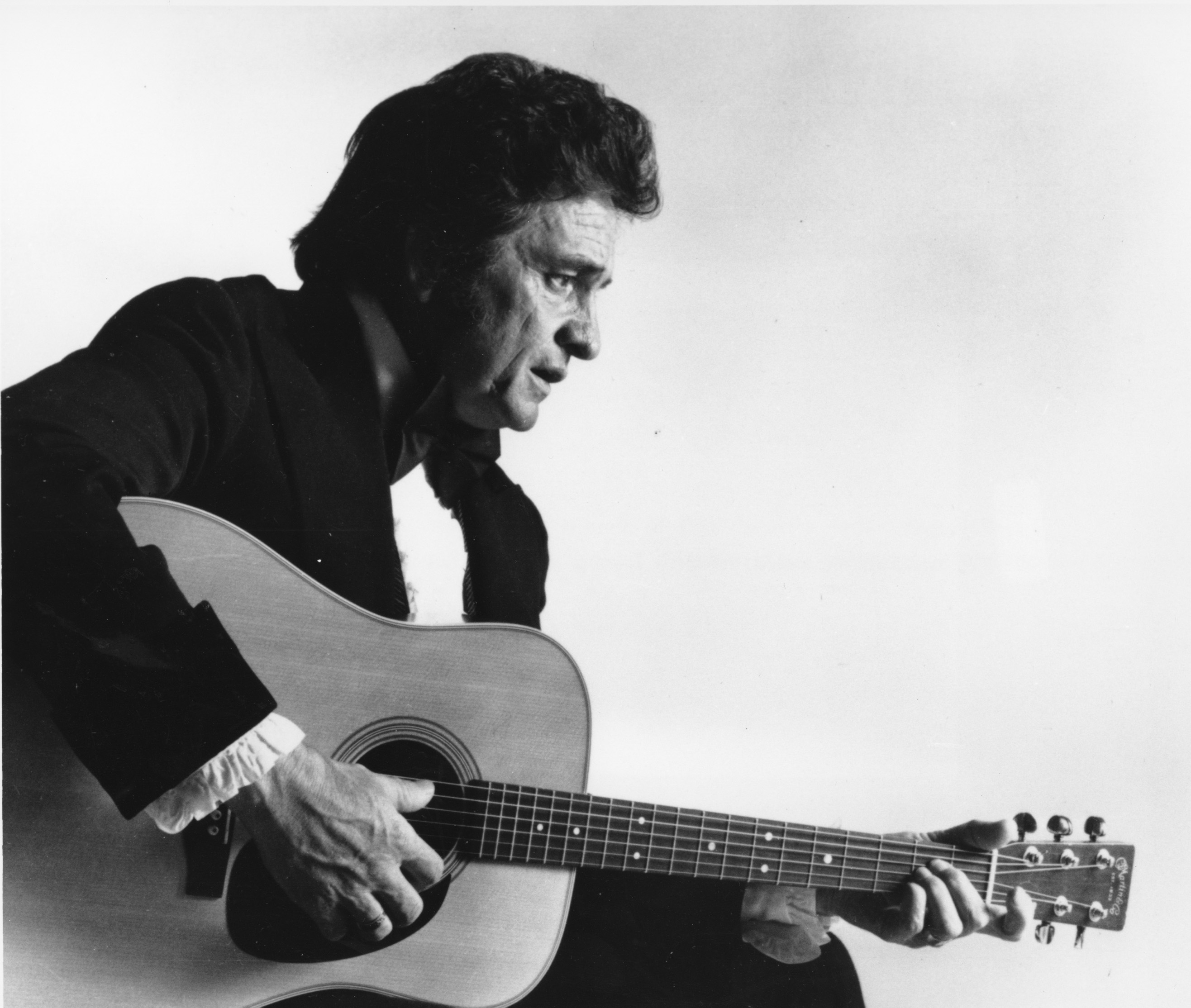
In the late 1950’s, artists known as teen idols became prominent in rock ‘n’ roll music. The teen idol industry appealed to parents with music that was less rebellious and more wholesome than earlier rock ‘n’ roll. The American television host Dick Clark helped popularize many teen idols on his TV program “American Bandstand.”
The folk music revival.
In the 1950’s and early 1960’s, traditional white American folk music gained new popularity. Young, urban, college-educated performers such as the Kingston Trio had hits with the Appalachian ballad “Tom Dooley” (1958) and other traditional folk songs. Other performers were inspired by Woody Guthrie, who wrote songs that used traditional folk melodies and styles. These singer-songwriters began composing their own songs, which frequently had a theme of social protest. Bob Dylan, whose songs include “Blowin’ in the Wind” (1962) and “The Times They Are A-Changin'” (1963), was the most important writer of this movement.
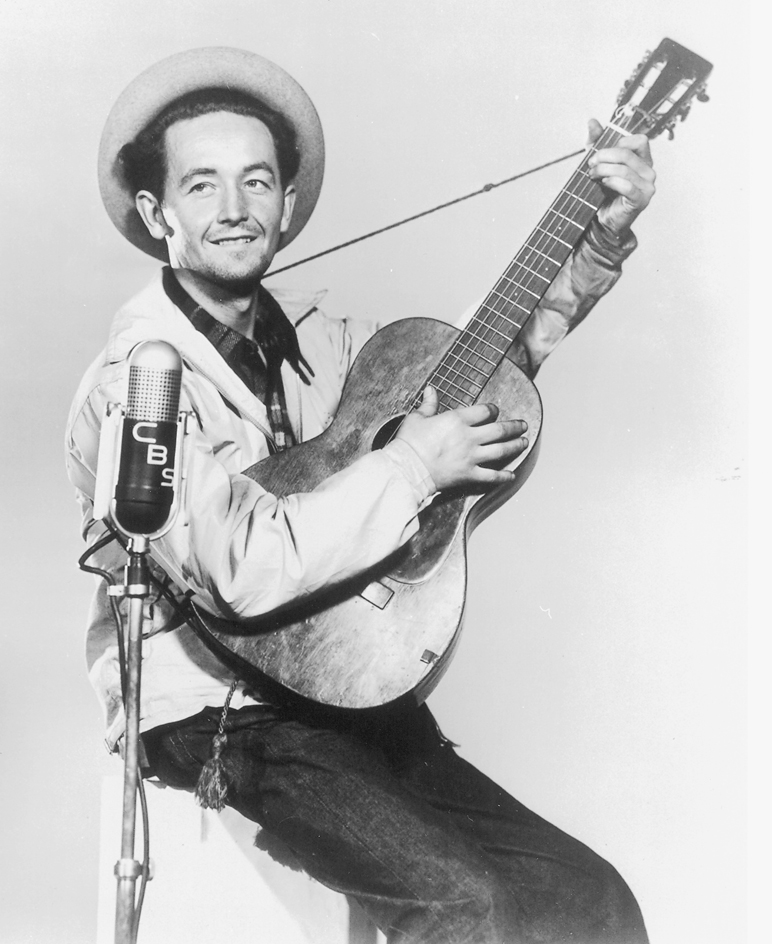
Girl groups, Motown, and surf music.
In the early 1960’s, the American music producer Phil Spector popularized such “girl groups” as the Crystals and the Ronettes. The Shangri-Las were another popular girl group of the period. The American producer Berry Gordy, Jr., brought Black music into the mainstream with the smooth and catchy “Motown Sound” from Detroit, Michigan. Popular Motown performers of the 1960’s included the Four Tops, Martha and the Vandellas, the Miracles, the Supremes, and the Temptations.
Also in the early 1960’s, a large migration of families to southern California led to a youth culture which developed around popular music and such activities as surfing, skateboarding, and hot-rod racing. A type of popular music known as surf music developed around this youth culture. Early surf music was instrumental. Popular surf music performers included the guitarist Dick Dale and the Beach Boys.
The British invasion and the hippie movement.
Around this time, a wave of rock groups from England visited the United States and became extremely popular there. This “British invasion” as it became known, included such bands as the Beatles, the Rolling Stones, and The Who. By the late 1960’s, during the hippie youth movement, musicians incorporated blues and social protest into rock music. Popular American artists of this period included Jimi Hendrix, Janis Joplin, and the band the Doors. Rock festivals, such as the outdoor Woodstock festival in 1969, also became popular around this time. Loading the player...
The Beatles: Beatlemania
Soul music
became the most popular form of African American music in the 1960’s. Growing out of R&B and influenced by Black gospel music, soul gained popularity with white and Black audiences alike. Important soul artists have included James Brown, Ray Charles, and Aretha Franklin. 
Disco and new forms of rock.
Mainstream popular music in the 1970’s was dominated by a dance music style called disco. Well-known disco performers included the American groups Chic, the Jacksons, KC and the Sunshine Band, and the Village People; the American singer Donna Summer; the Swedish quartet ABBA; and the British-born Australian band the Bee Gees. The punk rock and new wave movements popular in the mid- and late 1970’s began partly as a backlash against the technical, impersonal sounds of disco. Popular punk rock and new wave bands of this period included Blondie, the Ramones, Patti Smith, and Talking Heads in the United States; and the Clash and the Sex Pistols in the United Kingdom.
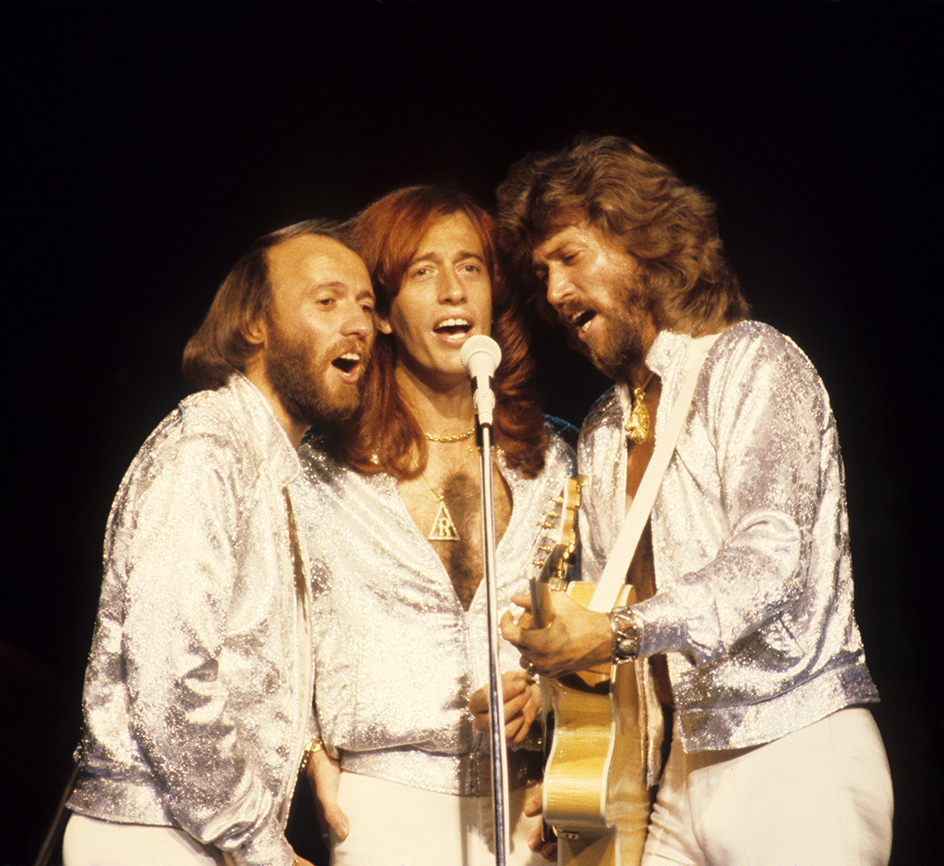
Country rock gained more widespread acceptance during the 1970’s. Such artists as Dylan and the Canadian singer, songwriter, and musician Neil Young; such American-Canadian groups as the Band and Buffalo Springfield; and such American groups as the Byrds, the Eagles, the Flying Burrito Brothers, and the Grateful Dead combined elements of rock and country in their music.
Other new forms of rock in the 1970’s included heavy metal, also called hard rock. This style had a harder, more aggressive sound than earlier rock music. Popular heavy metal bands included Black Sabbath, Deep Purple, and Led Zeppelin, all from the United Kingdom.
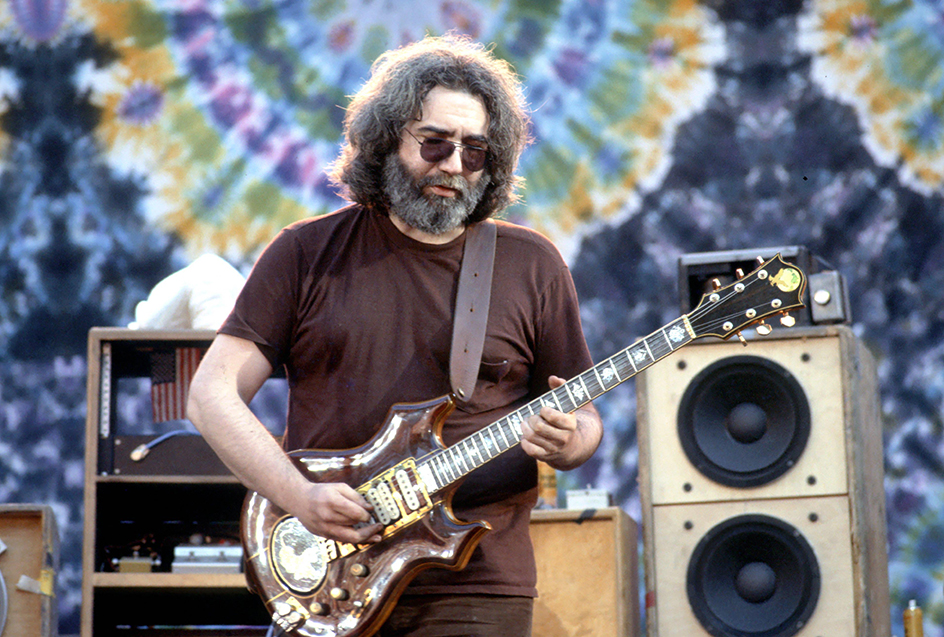
Funk and reggae.
Other styles of music that flourished in the 1970’s included funk music, which combined elements of hard rock, soul, and theatrical performance. Popular American funk bands during that time included Funkadelic and Parliament. Reggae, which originated in Jamaica in the 1960’s, also became widely popular. Reggae was inspired by a number of musical styles, including calypso music from the island of Trinidad, a Jamaican folk music called mento, and popular Jamaican styles called rocksteady and ska. The Jamaican musician Bob Marley and his band the Wailers helped bring reggae to an international audience.
The rise of rap,
an element of hip-hop culture, as the dominant form of Black popular music began in the mid-1970’s. Growing out of Black street culture in New York City, rap consists of words recited over a strong rhythm track. Many rap groups use the form to comment on such social problems as racism and poverty. Some rap artists have generated controversy because their lyrics deal graphically with sex and violence. Important early rap performers included Kurtis Blow, Grandmaster Flash and the Furious Five, Run-D.M.C., and the Sugar Hill Gang. Later popular rap artists have included Chance the Rapper, Drake, Jay-Z, Nicki Minaj, and Kanye West.
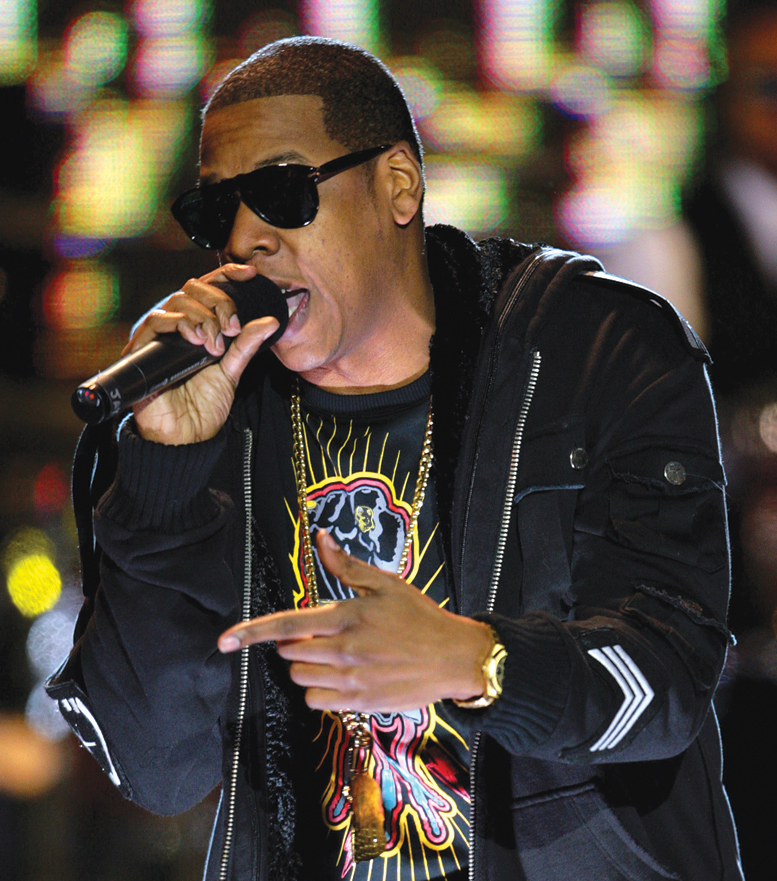
The MTV era.
New technologies for the spread of popular music also arose in the 1980’s. Short films called music videos became a new means for promoting songs and artists. The television network MTV (Music Television), established in 1981, advanced the careers of such music stars as Michael Jackson and Madonna by airing their videos. Cassette tapes, and later, compact discs (CD’s), overtook vinyl records as the dominant media for sound recording in the late 1980’s.
Around this time, a forceful style of rock music called grunge began to develop. Grunge contains elements of punk and heavy metal and has an angry, rebellious message. Nirvana and other bands from Seattle, Washington, helped popularize grunge in the early 1990’s. A hit video for Nirvana’s song “Smells Like Teen Spirit” (1991) and an appearance on the program “MTV Unplugged” in 1993 helped the group gain a huge following. In the mid-1990’s, MTV also helped popularize such “boy bands” as ‘N Sync.
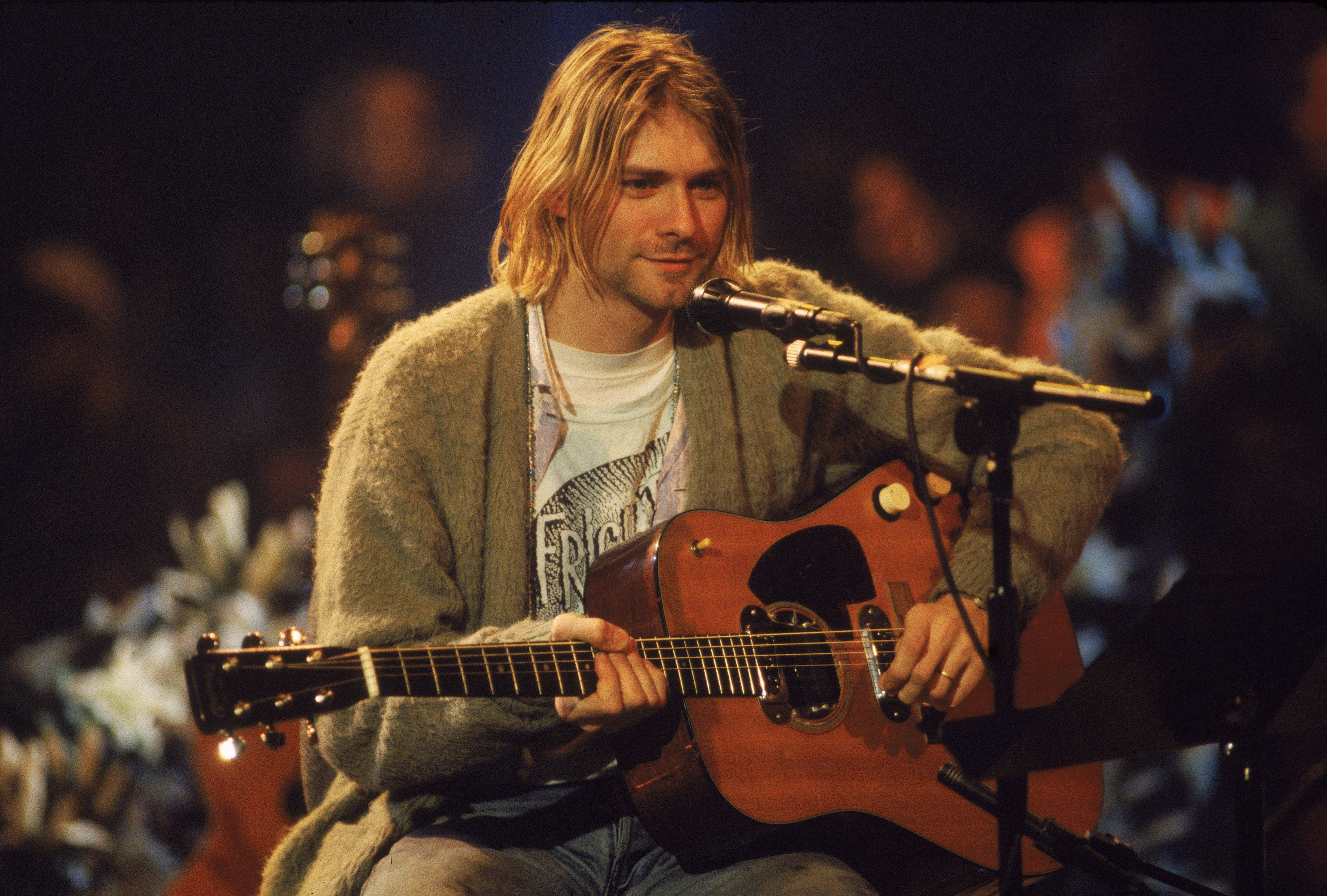
Popular music today.
By the early 2000’s, compact discs had largely been replaced by digital music files accessed through the internet. Popular music by the 2010’s continued to combine many different styles. This era saw massive popularity for female artists such as the British singers and songwriters Adele and Amy Winehouse and the American performers Beyoncé, Lady Gaga, Katy Perry, and Taylor Swift. In the mid-2010’s, K-pop (Korean pop) became an international phenomenon. K-pop blends electronic dance music (EDM), hip-hop, pop, and R&B. K-pop “idols” became known for their strong social media presence and fan base.
